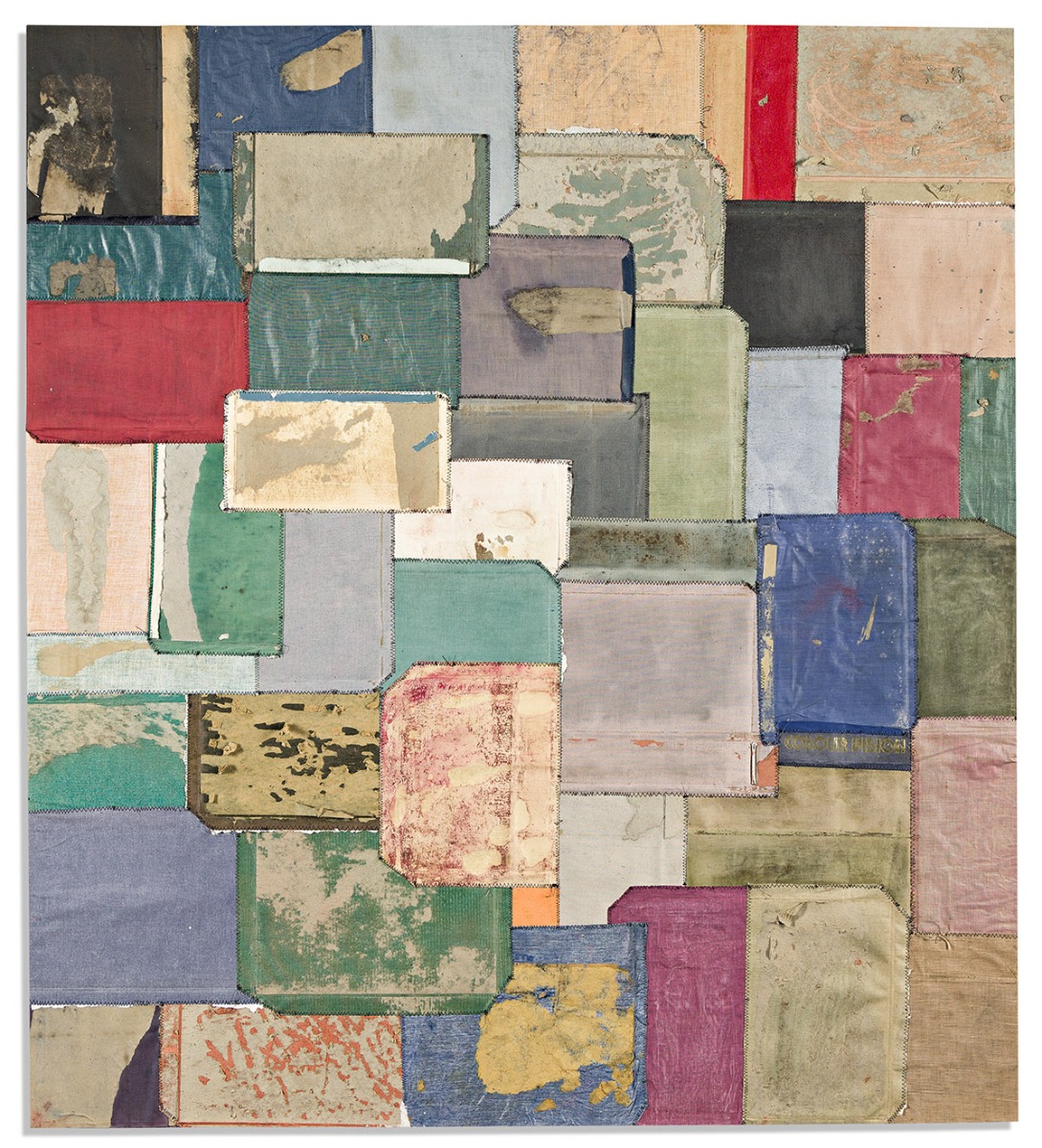
Specialist

Exhibition Hours
Oct 14, 12–5; Oct 16, 12–5; Oct 17, 12–5; Oct 18, 12–5
Sale 2649 - Lot 29
Additional Images
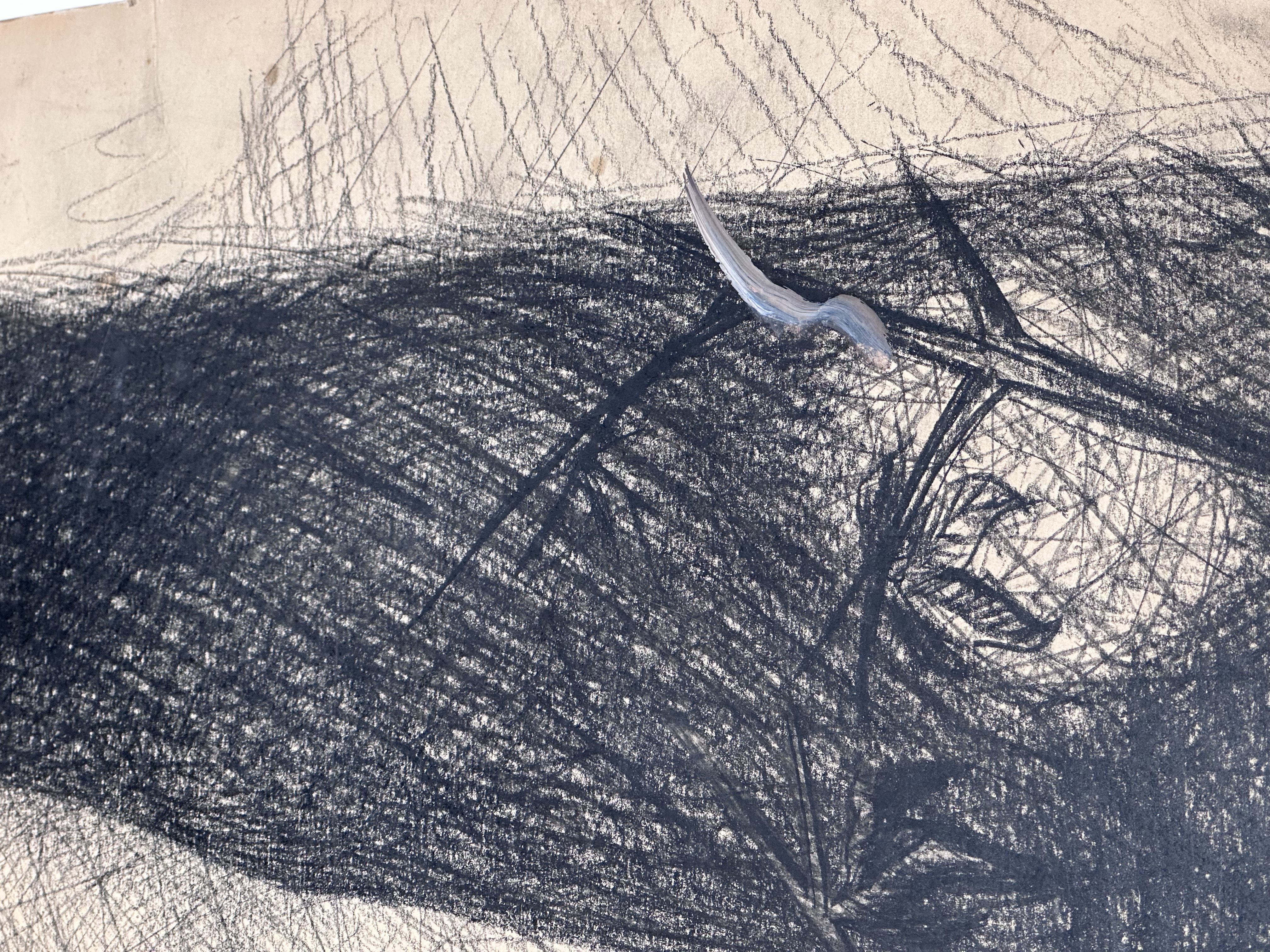
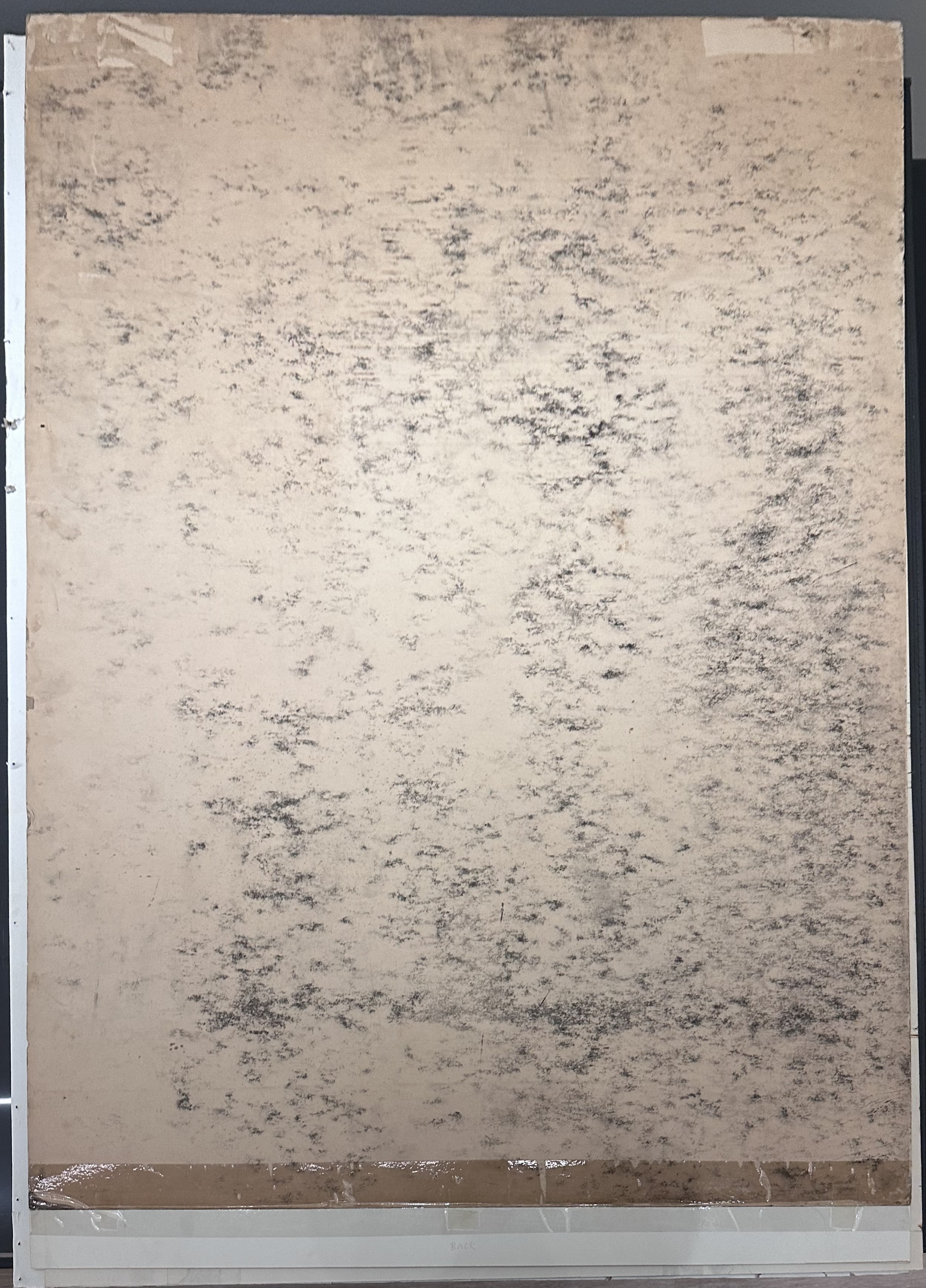
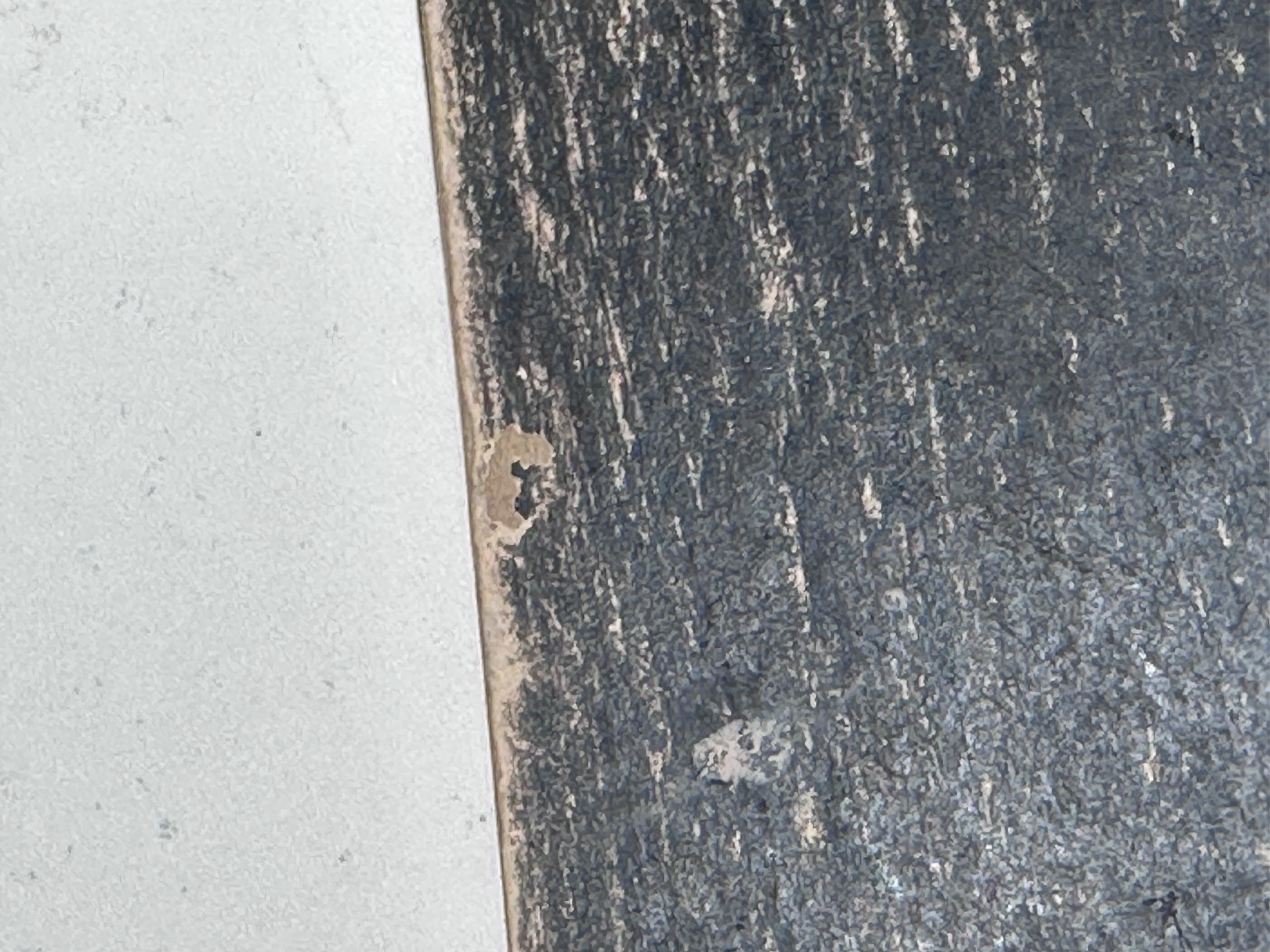
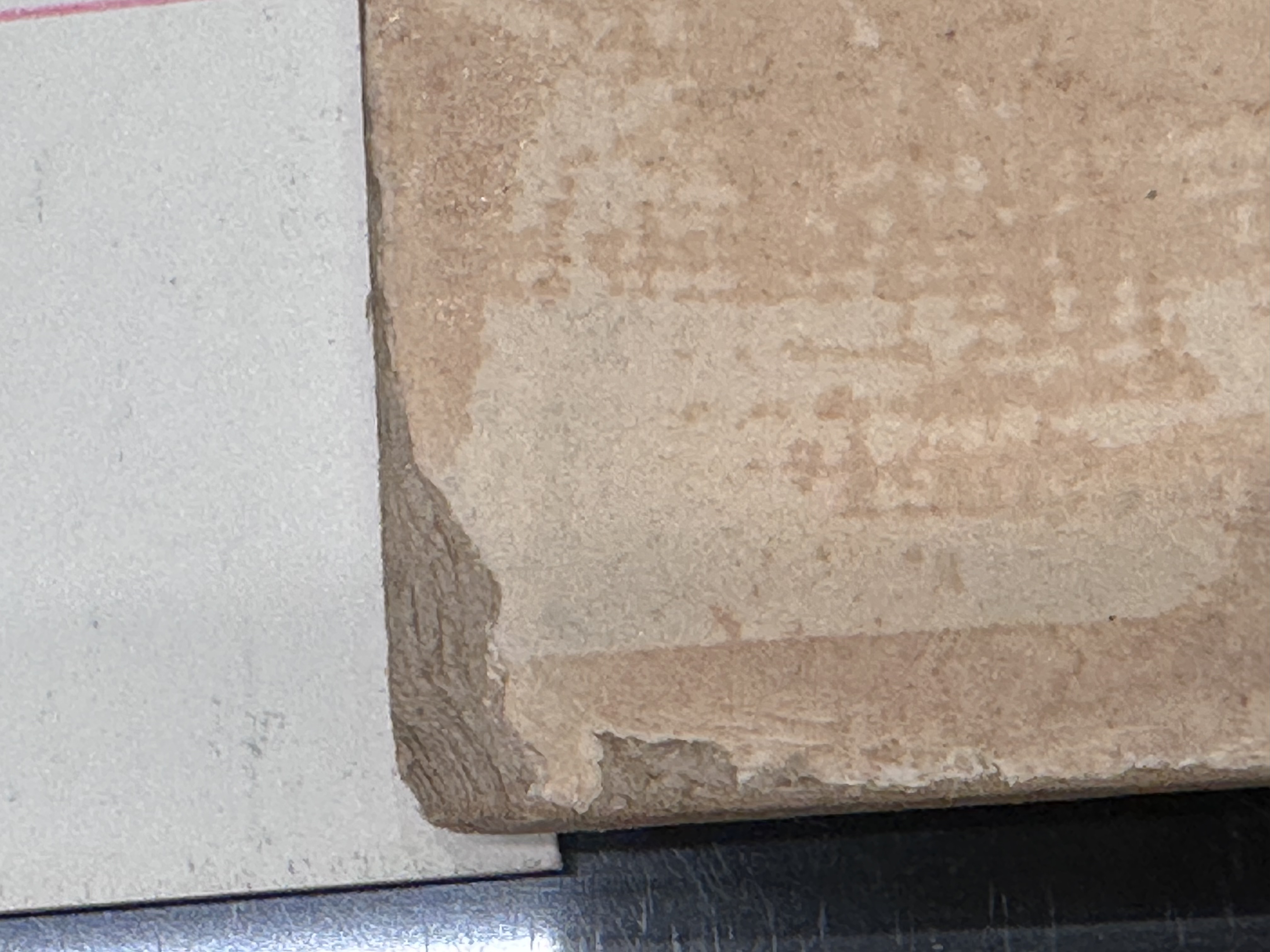
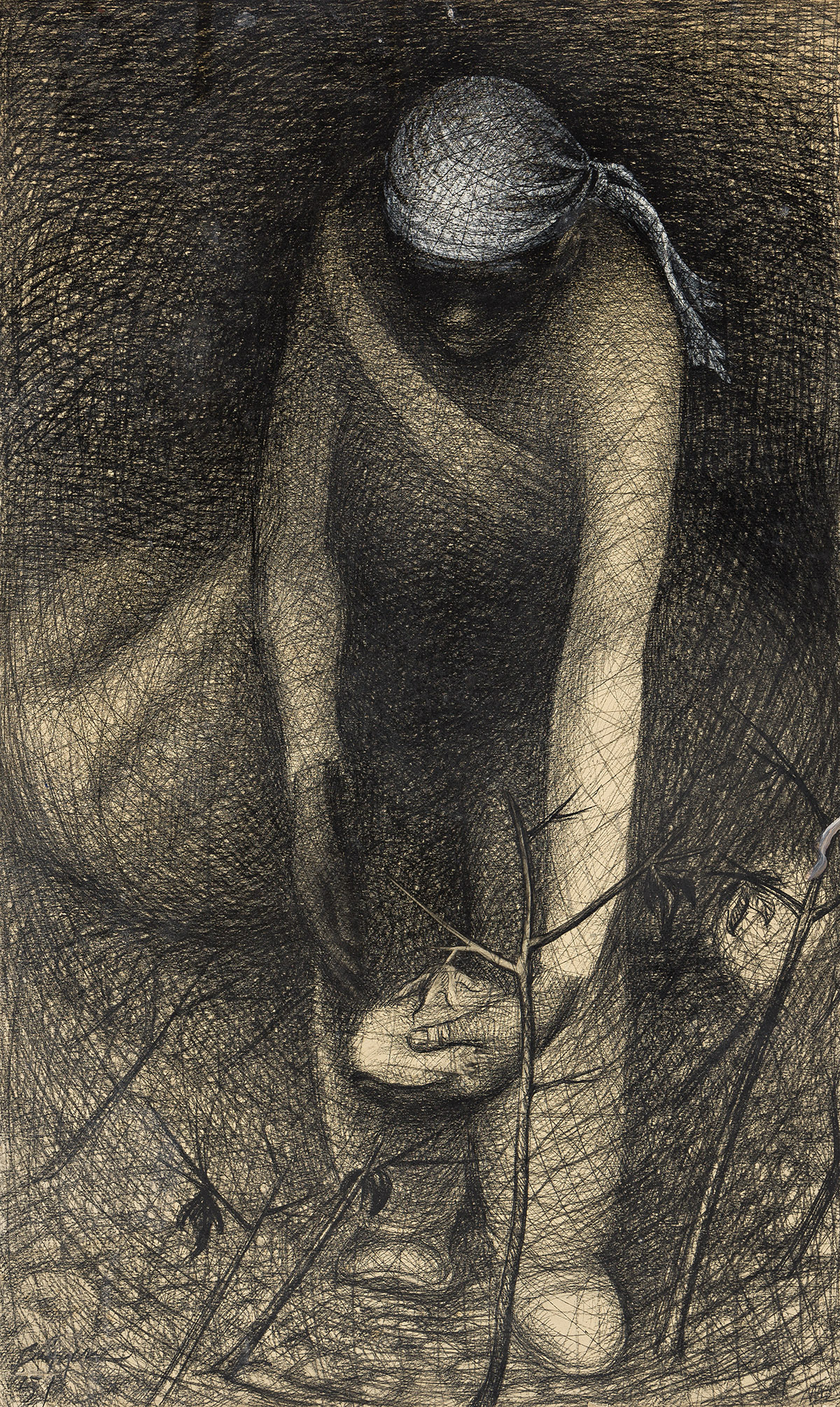
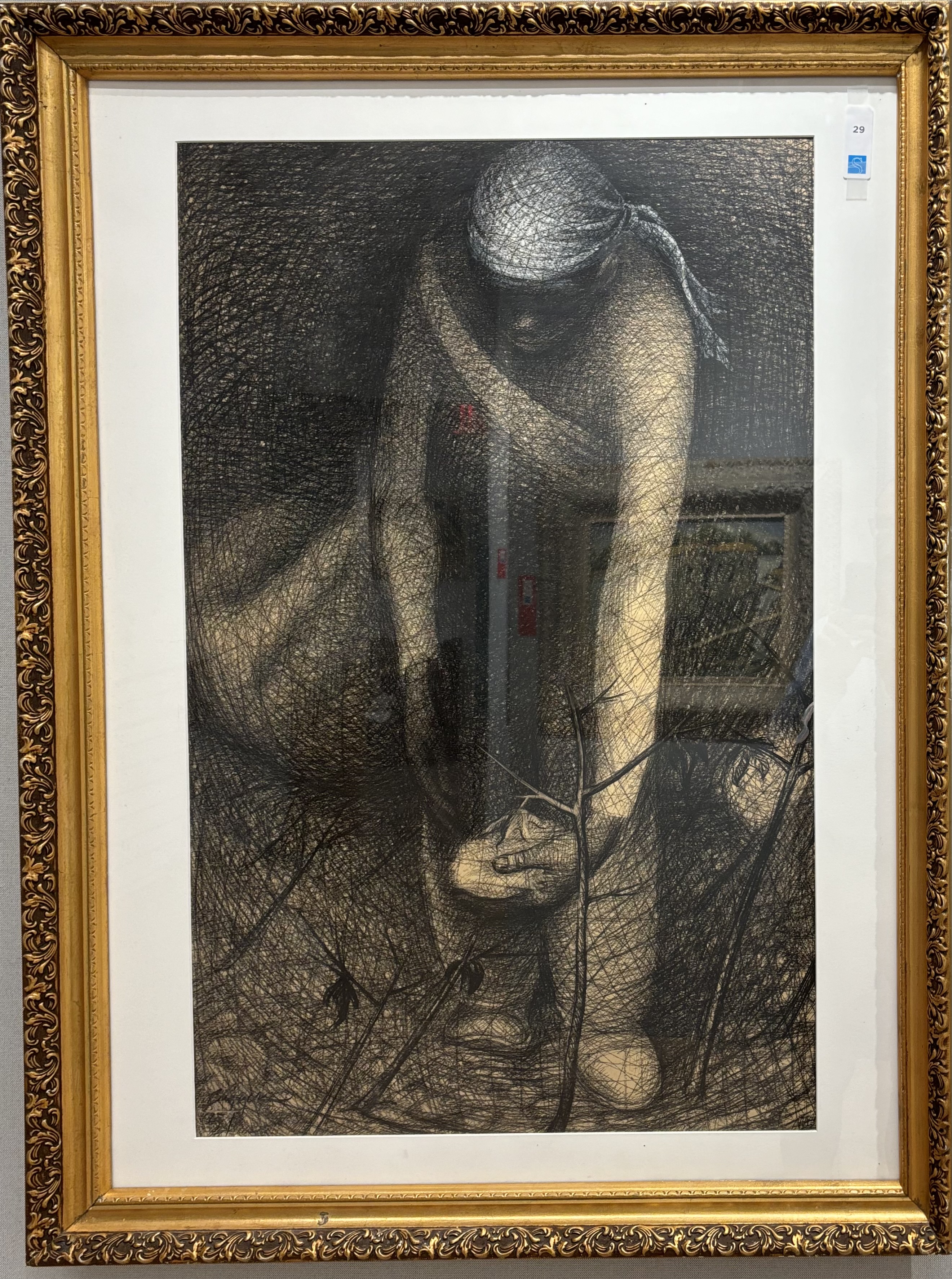
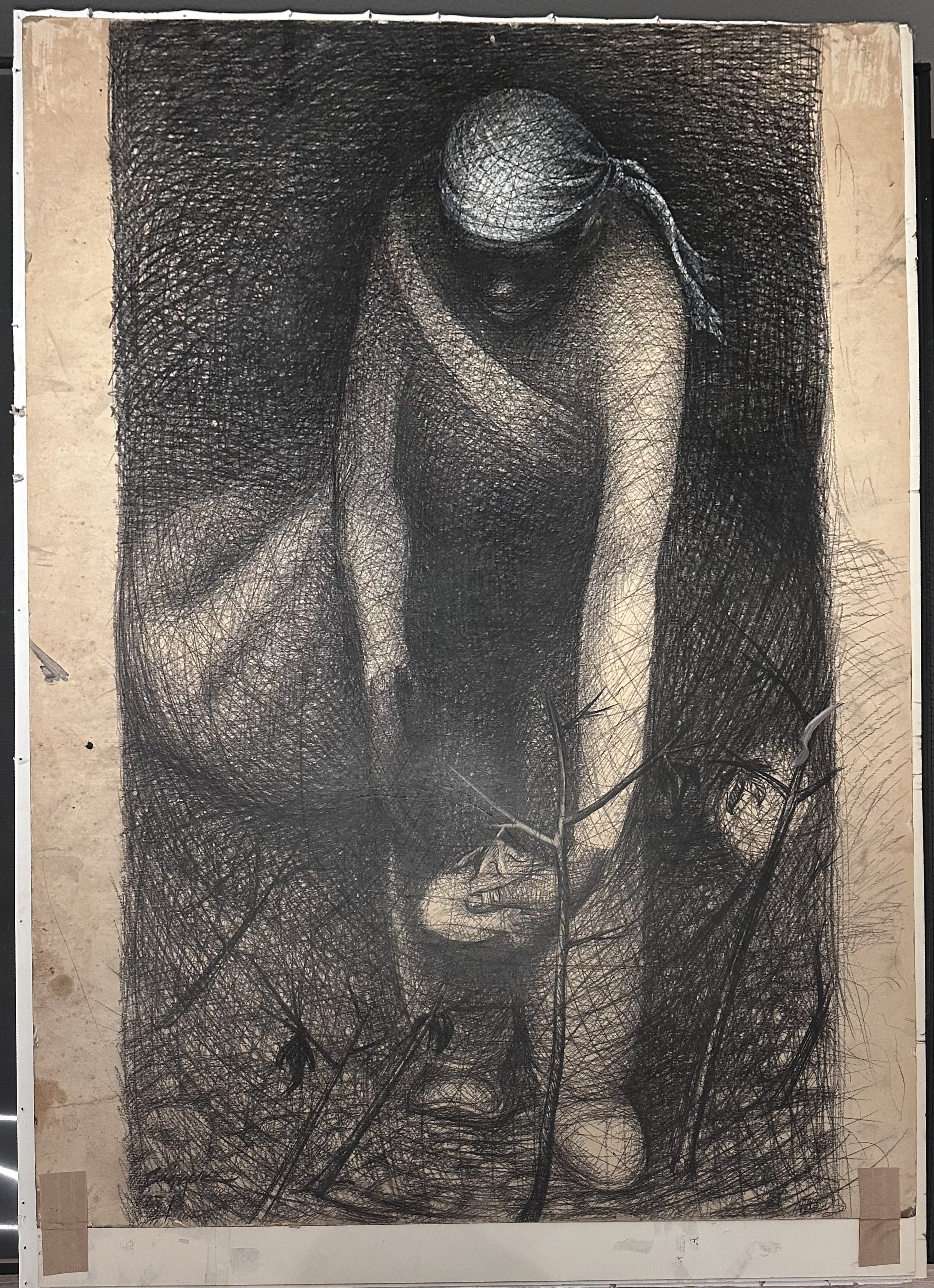
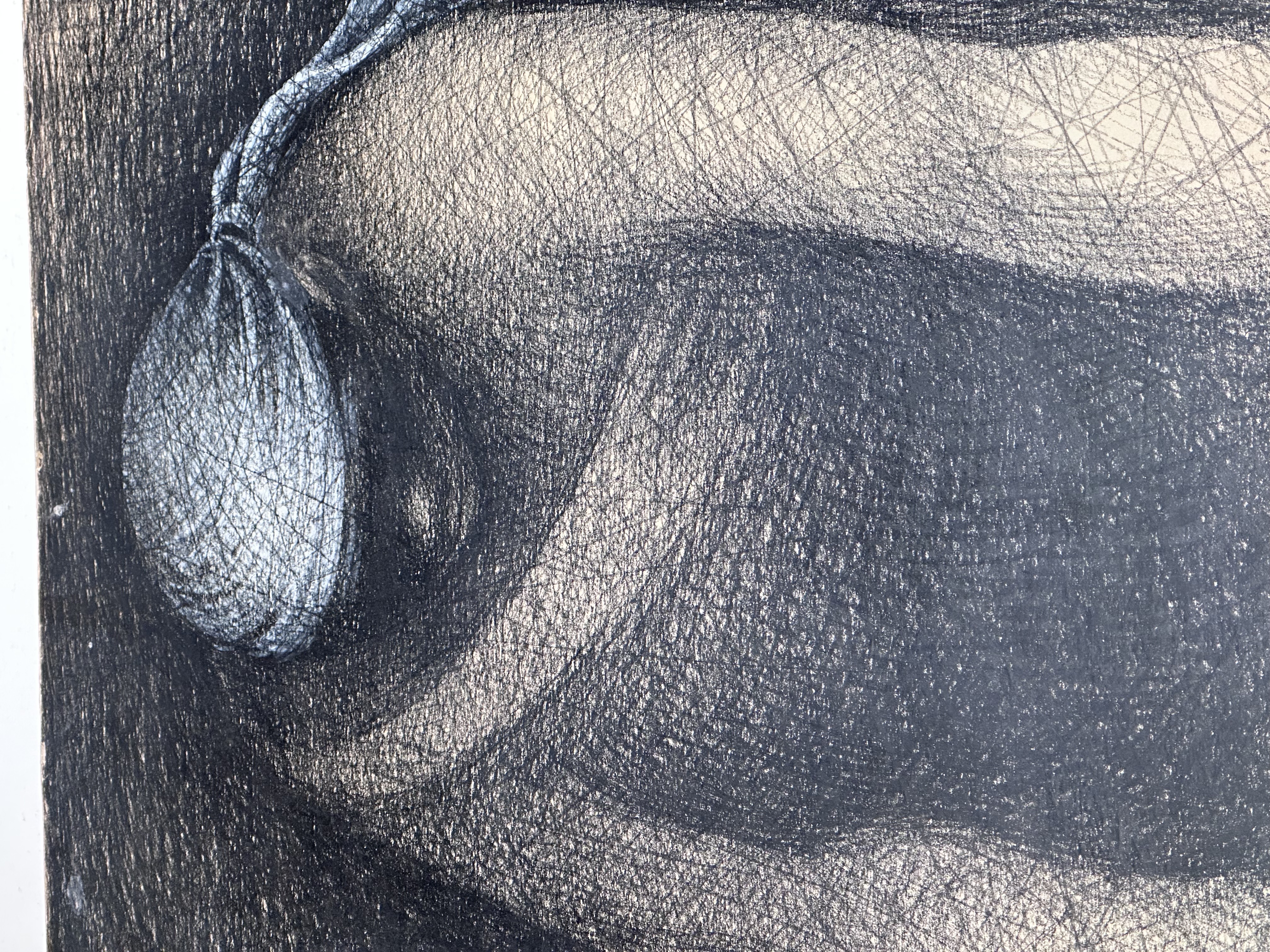
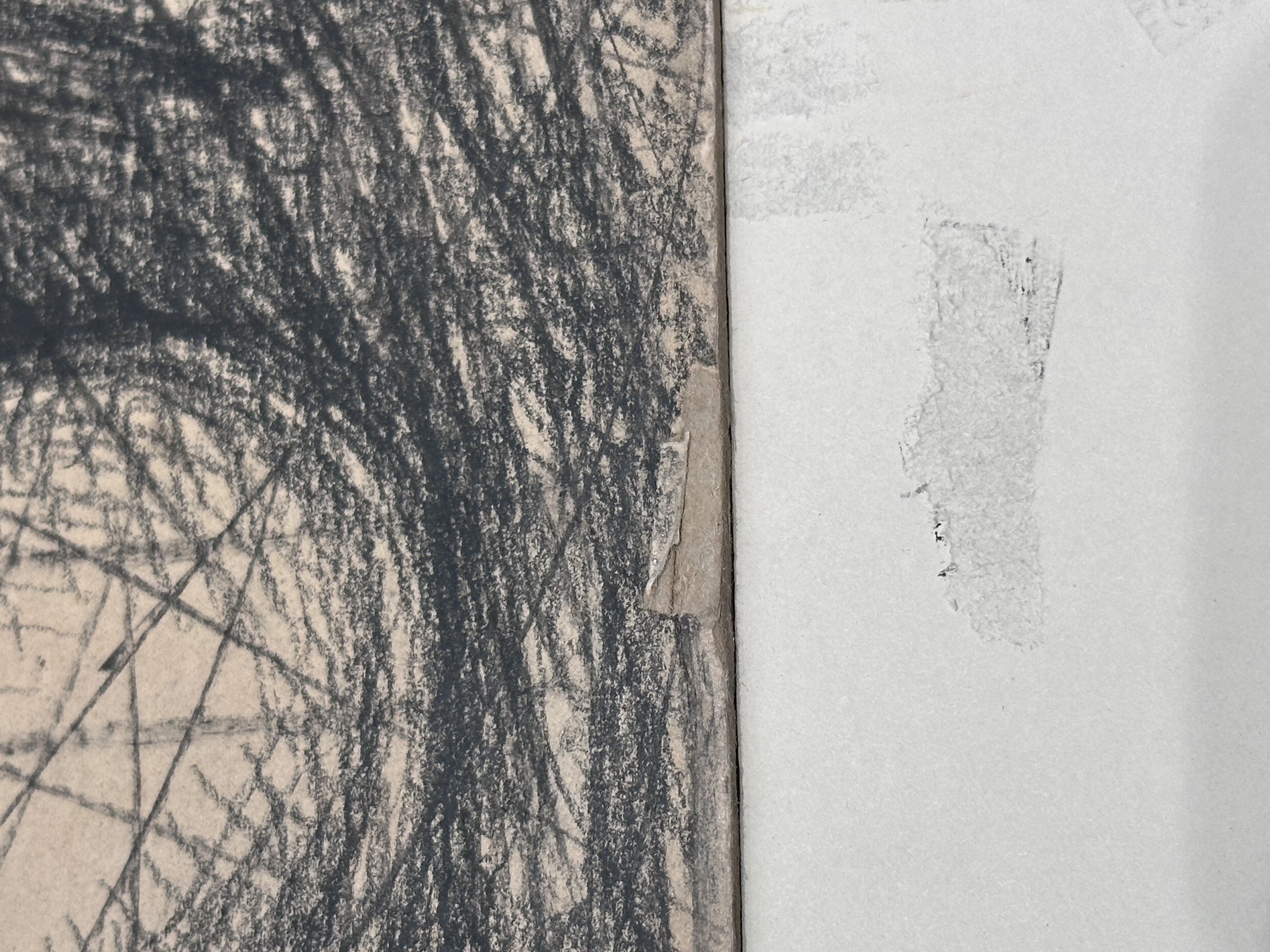
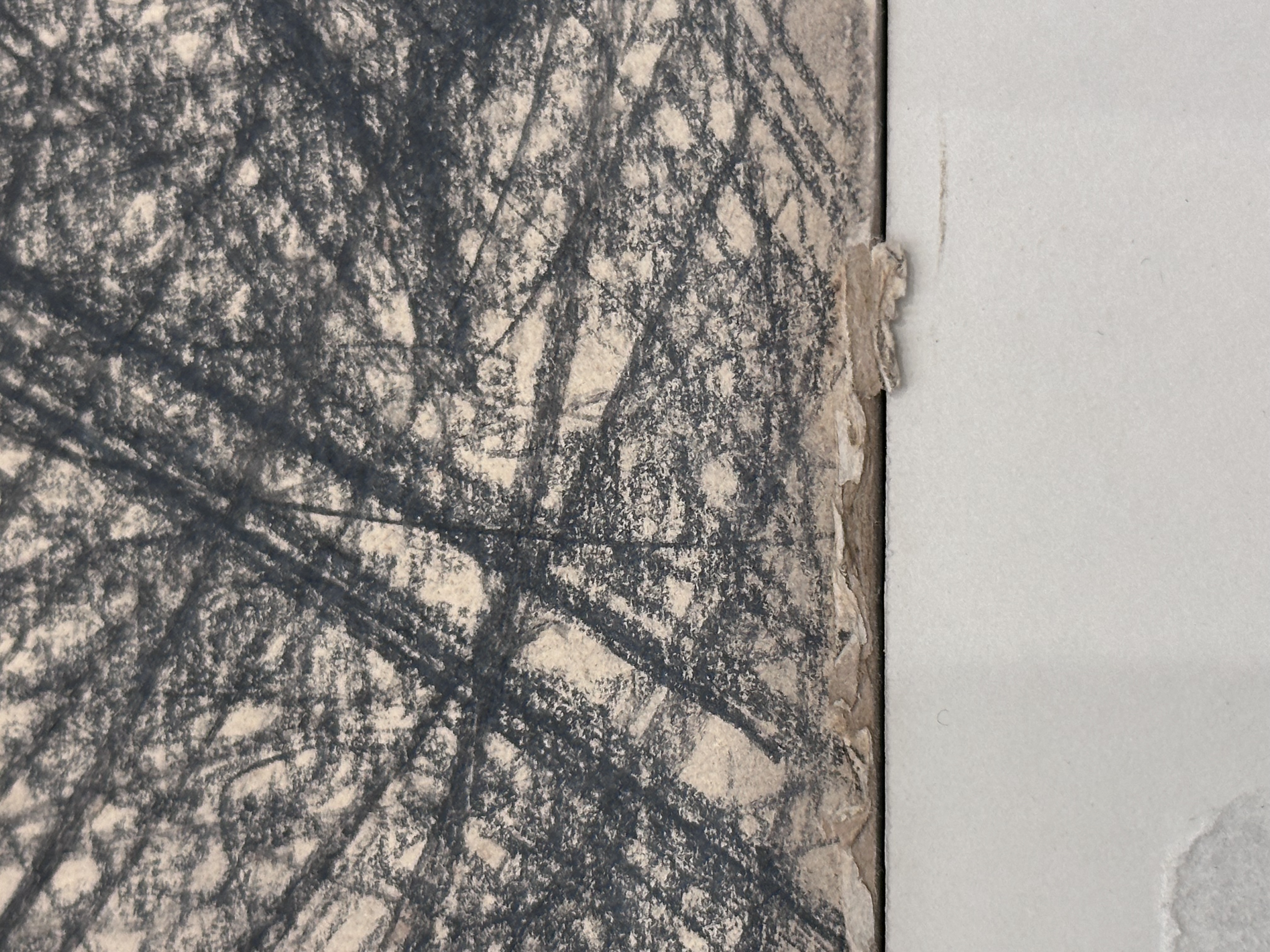








1 /
10












Sale 2649 - Lot 29
Estimate: $ 25,000 - $ 35,000
JOHN BIGGERS (1924 - 2001)
Cotton Picker.
Conté crayon on illustration board, 1951. 1016x635 mm; 40x25 inches. Signed and dated in conté crayon, lower left.
Provenance: private collection, Louisiana.
John Biggers's masterfully executed drawing portrays the subject of labor in the systems of slavery and sharecropping in 19th and early 20th-century America. Earlier works by Biggers from this period, including Cotton Pickers, 1947 and The Harvesters, 1947, highlight the hardships and examine the countenance of the workers. The scale of the figure and interest in body features are akin to his teacher, Charles White, while the heavy cross-hatching to control the light and dark points of the image demonstrate his formal interests.
The artist described his intent in an interview with Olive Jensen Theisen, 1995, "I'm trying to portray working people. I drew people I knew about. I knew the characteristics of hard-working people. Got a joy out of making hands and feet large, even more than faces. Workers have strong hands and bad feet. That's why my work emphasizes backs, hands, and feet. I spent a good deal of time looking at the physiques of people who had been doing hard labor. Lots of people became disgusted with me, portraying this." Theisen pg.26
Cotton Picker.
Conté crayon on illustration board, 1951. 1016x635 mm; 40x25 inches. Signed and dated in conté crayon, lower left.
Provenance: private collection, Louisiana.
John Biggers's masterfully executed drawing portrays the subject of labor in the systems of slavery and sharecropping in 19th and early 20th-century America. Earlier works by Biggers from this period, including Cotton Pickers, 1947 and The Harvesters, 1947, highlight the hardships and examine the countenance of the workers. The scale of the figure and interest in body features are akin to his teacher, Charles White, while the heavy cross-hatching to control the light and dark points of the image demonstrate his formal interests.
The artist described his intent in an interview with Olive Jensen Theisen, 1995, "I'm trying to portray working people. I drew people I knew about. I knew the characteristics of hard-working people. Got a joy out of making hands and feet large, even more than faces. Workers have strong hands and bad feet. That's why my work emphasizes backs, hands, and feet. I spent a good deal of time looking at the physiques of people who had been doing hard labor. Lots of people became disgusted with me, portraying this." Theisen pg.26





